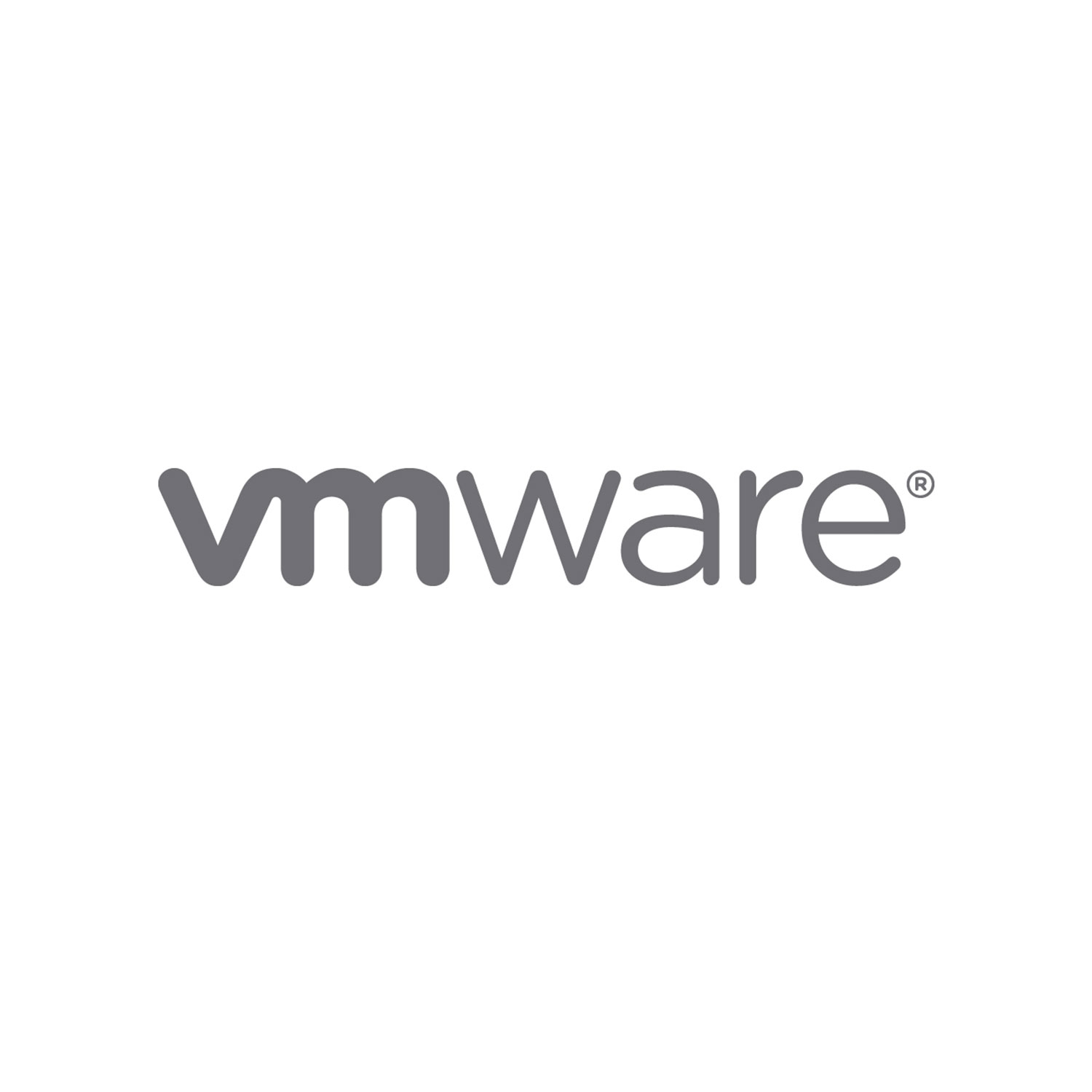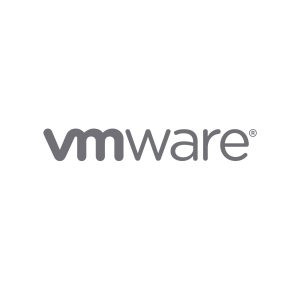Description
About This Course
Prerequisites
-
System administration experience on Microsoft Windows or Linux operating systems
-
Understanding of virtual data center concepts comparable to those needed for VCA-DCV certification
Course Objectives
-
Deploy an ESXi host
-
Deploy a vCenter Server instance
-
Deploy a vCenter Server Appliance™
-
Manage an ESXi host using vCenter Server
-
Manage ESXi storage using vCenter Server
-
Manage ESXi networking using vCenter Server
-
Manage virtual machines using vCenter Server
-
Deploy and manage thin-provisioned virtual machines
-
Migrate virtual machines with VMware vSphere vMotion®
-
Manage vSphere infrastructure with VMware vSphere Web Client
-
Migrate virtual machines using VMware vSphere Storage vMotion
-
Manage access control using vCenter Server
-
Monitor resource usage using vCenter Server
-
Manage VMware vSphere High Availability, VMware vSphere Fault Tolerance, and VMware vSphere Data Protection™ using vCenter Server
-
Apply patches using VMware vCenter Update Manager™
Course Outline
Lesson 1. Virtualized Data Center
-
Introduce components of the virtualized data center
-
Describe where vSphere fits into the cloud architecture
-
Introduce VMware vCenter Single Sign-on
-
Install and use vSphere Web Client
Lesson 2. Creating Virtual Machines
-
Introduce virtual machines, virtual machine hardware, and virtual machine files
-
Deploy a single virtual machine
Lesson 3. VMware vCenter Server
-
Introduce the vCenter Server architecture
-
Introduce VMware vCenter Server Appliance
-
Configure and manage vCenter Server Appliance
-
Manage vCenter Server inventory objects and licenses
Lesson 4. Configuring and Managing Virtual Networks
-
Describe, create, and manage a standard switch
-
Describe and modify standard switch properties
-
Configure virtual switch load-balancing algorithms
Lesson 5. Configuring and Managing Virtual Storage
-
Introduce storage protocols and device names
-
Configure ESXi with iSCSI, NFS, and Fibre Channel storage
-
Create and manage vSphere datastores
-
Deploy and manage VMware Virtual SAN™
Lesson 6. Virtual Machine Management
-
Use templates and cloning to deploy virtual machines
-
Modify and manage virtual machines
-
Create and manage virtual machine snapshots
-
Perform vSphere vMotion and vSphere Storage vMotion migrations
-
Create a VMware vSphere vApp(s)™
Lesson 7. Access and Authentication Control
-
Control user access through roles and permissions
-
Configure and manage the ESXi firewall
-
Configure ESXi lockdown mode
-
Integrate ESXi with Active Directory
Lesson 8. Resource Management and Monitoring
-
Introduce virtual CPU and memory concepts
-
Describe methods for optimizing CPU and memory usage
-
Configure and manage resource pools
-
Monitor resource usage using vCenter Server performance graphs and alarms
Lesson 9. High Availability and Fault Tolerance
-
Introduce the new vSphere High Availability architecture
-
Configure and manage a vSphere HA cluster
-
Introduce vSphere Fault Tolerance
-
Describe VMware vSphere Replication
Lesson 10. Scalability
-
Configure and manage a VMware vSphere Distributed Resource Scheduler™ (DRS) cluster
-
Configure Enhanced vMotion Compatibility
-
Use vSphere HA and DRS together
Lesson 11. Patch Management
-
Use vCenter Update Manager to manage ESXi patching
-
Install vCenter Update Manager and the vCenter Update Manager plug-in
-
Create patch baselines
-
Scan and remediate hosts
Lesson 12. Installing VMware Components
-
Introduce ESXi installation
-
Describe boot-from-SAN requirements
-
Introduce vCenter Server deployment options
-
Describe vCenter Server hardware, software, and database requirements
-
Install vCenter Server (Windows-based)
Lab Outline
Lab 1: Installing VMware vSphere GUIs
-
Access Your Student Desktop System
-
Install the vSphere Client
Lab 2: Configuring VMware ESXi
-
Connect to an ESXi Host with the vSphere Web Client
-
View the Host Hardware Configuration
-
Configure the DNS and Routing Information for an ESXi Host
-
Configure an ESXi Host as an NTP Client
-
Configure an ESXi Host to Use Directory Services
Lab 3: Working with Virtual Machines
-
Create a Virtual Machine
-
Install a Guest Operating System in a Virtual Machine
-
Identify a Virtual Machine’s Disk Format and Usage Statistics
-
Install VMware Tools on a Virtual Machine Installed with a Windows Operating System
-
Prepare the Virtual Machine for Upcoming Labs
Lab 4: Configuring VMware vCenter Server Appliance
-
Configure vCenter Server Appliance for First Use
-
Install vSphere License Keys
-
Create a vCenter Server Inventory Data Center Object
-
Add Your ESXi Host to the vCenter Server Inventory
Lab 5: Using the VMware vSphere Web Client
-
Install the Client Integration Plug-In
-
Navigate the vSphere Web Client
-
Pin and Unpin Panes
-
Hide the Getting Started Tabs
-
Upgrade Virtual Machine Hardware
Lab 6: Configuring VMware vCenter Single Sign-On
-
Use the Web Console to Configure vCenter Server Appliance to Use Directory Services
-
Use the vSphere Web Client to Add the Domain Admins Group to Administrators
Lab 7: Creating Folders in VMware vCenter Server
-
Create a Host Folder Object
-
Create a Virtual Machine Folder
Lab 8: Standard Switches
-
View the Current Standard Switch Configuration
-
Create a Standard Switch with a Virtual Machine Port Group
-
Attach Your Virtual Machine to a Virtual Switch Port Group
Lab 9: Accessing iSCSI Storage
-
Add a VMkernel Port Group to a Standard Switch
-
Configure the iSCSI Software Adapter
Lab 10: Accessing NFS Storage
-
Configure Access to NFS Datastores
-
View NFS Storage Information
Lab 11: Managing VMware vSphere VMFS
-
Review the Shared Storage Configuration
-
Change the Name of a VMFS Datastore
-
Create a VMFS Datastore
-
Expand a VMFS Datastore to Consume Unused Space on a LUN
-
Remove a VMFS Datastore
-
Extend a VMFS Datastore
Lab 12: Using Templates and Clones
-
Copy Sysprep Files to the vCenter Server Instance
-
Create a Template
-
Create Customization Specifications
-
Deploy a Virtual Machine from a Template
-
Clone a Virtual Machine that is Powered On
Lab 13: Modifying a Virtual Machine
-
Increase the Size of a VMDK File
-
Adjust Memory Allocation on a Virtual Machine
-
Rename a Virtual Machine in the vCenter Server Inventory
-
Add a Raw LUN to a Virtual Machine
-
Expand a Thin-Provisioned Virtual Disk
Lab 14: Migrating Virtual Machines
-
Migrate Virtual Machine Files with vSphere Storage vMotion
-
Create a Virtual Switch and a VMkernel Port Group for vSphere vMotion Migration
-
Verify that Your ESXi Host Meets vSphere vMotion Requirements
-
Verify that Your Virtual Machines Meet vSphere vMotion Requirements
-
Perform a vSphere vMotion Migration of a Virtual Machine on a Shared Datastore
-
Perform a vSphere vMotion Migration to a Local Datastore
Lab 15: Managing Virtual Machines
-
Unregister a Virtual Machine in the vCenter Server Inventory
-
Register a Virtual Machine in the vCenter Server Inventory
-
Unregister and Delete Virtual Machines from Disk
-
Take Snapshots of a Virtual Machine
-
Revert to a Snapshot
-
Delete an Individual Snapshot
-
Use the Delete All Function in Snapshot Manager
Lab 16: Managing VMware vSphere vApps
-
Create a vApp
-
Power on a vApp
-
Remove a vApp
Lab 17: User Permissions
-
Create a Custom Role in vCenter Server
-
Assign Permissions on vCenter Server Inventory Objects
-
Verify Permission Usability
Lab 18: Resource Pools
-
Create CPU Contention
-
Create a Resource Pool Named Fin-Test
-
Create a Resource Pool Named Fin-Prod
-
Verify Resource Pool Functionality
Lab 19: Monitoring Virtual Machine Performance
-
Create CPU Activity
-
Use vSphere Web Client to Monitor CPU Utilization
-
Undo Changes Made to the Virtual Machines
Lab 20: Using Alarms
-
Create a Virtual Machine Alarm that Monitors for a Condition
-
Create a Virtual Machine Alarm that Monitors for an Event
-
Trigger Virtual Machine Alarms and Acknowledge the Alarms
-
Disable Virtual Machine Alarms
Lab 21: Using VMware vSphere High Availability
-
Create a Cluster Enabled for vSphere HA
-
Add Your ESXi Host to a Cluster
-
Test vSphere HA Functionality
-
Determine the vSphere HA Cluster Resource Usage
-
Manage vSphere HA Slot Size
-
Configure a vSphere HA Cluster with Strict Admission Control
Lab 22: Configuring VMware vSphere Fault Tolerance
-
Prepare the Virtual Machine
-
Enable the vSphere FT Logging
-
Activate the vSphere FT Protection
-
Test the vSphere FT Configuration
-
Disable the vSphere FT Protection
Lab 23: VMware vSphere Distributed Resource Scheduler
-
Create Load Imbalance
-
Create a DRS Cluster
-
Verify Proper DRS Cluster Functionality
-
Create, Test, and Disable a VM-VM Affinity Rule
-
Create, Test, and Disable an Anti-Affinity Rule
-
Create, Test, and Disable a Virtual Machines to Hosts Affinity Rule
Lab 24: VMware vSphere Update Manager
-
Install vSphere Update Manager
-
Install the Update Manager Client Plug-in
-
Modify Cluster Settings
-
Configure vSphere Update Manager
-
Create a Patch Baseline
-
Attach a Baseline and Scan for Updates
-
Stage the Patches onto the ESXi Hosts
-
Remediate the ESXi Hosts
Who Should Attend
-
System administrators
-
Systems engineers
-
Operators responsible for ESXi and vCenter Server


